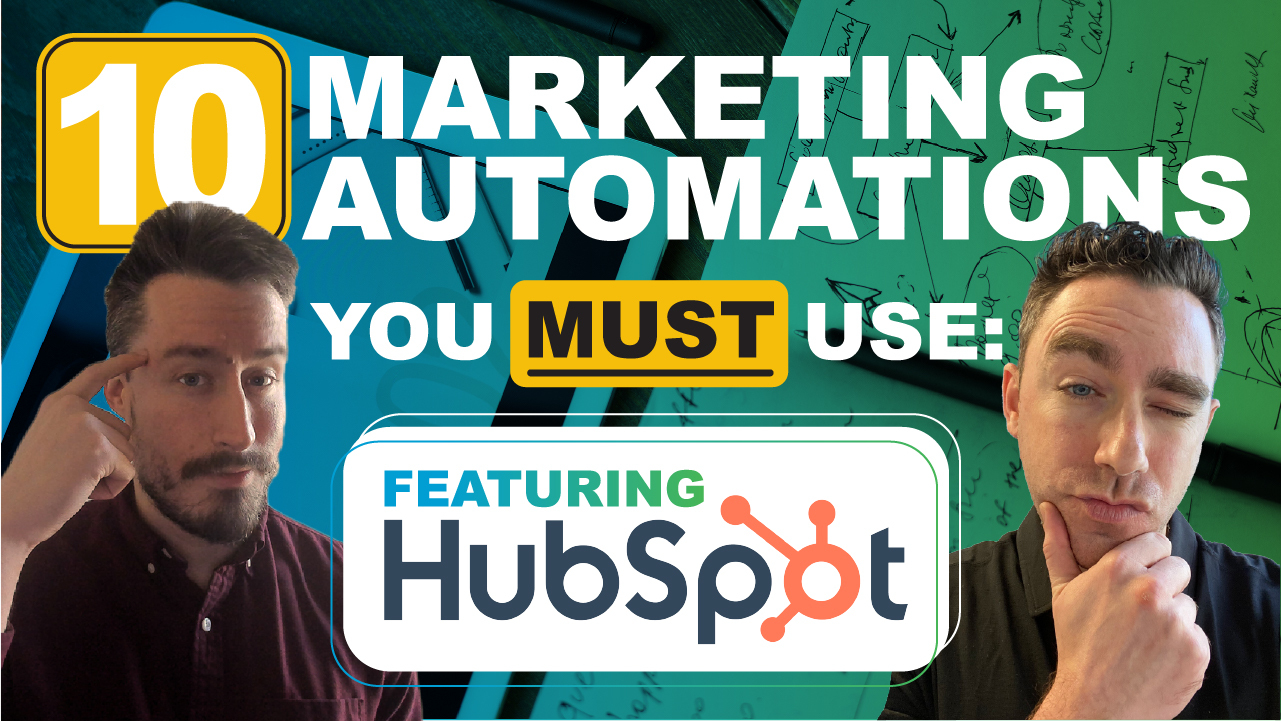
The Breakdown: Changes coming to Google Ads smart and display campaigns
Starting this month, important changes will be coming to your Google Ads campaign. But how will these changes impact you? Let’s dig into what’s going to be different moving forward, and how your team can best use these new features.
Combining smart and standard display campaigns

Last Wednesday, Google Ads announced that they’ll be combining Display campaigns and Smart Display campaigns into a single option. The company also detailed how they plan to utilize optimized targeting for Display campaigns going forward.
So, what does this mean for you?
First things first, let’s learn more about the new Display campaign type. Bonnie Pericolosi, director of product management for Google Display ads, stresses that users will have “all of the reach and performance you’re used to, with the ability to choose the level of automation you prefer in bidding, creatives, and audiences.” Advertisers will maintain authority over what they want to automate manually and can alter their decisions or strategy at any time.
Tell me more about optimized targeting

Previously only available for Smart campaigns, Google Ads will be rolling out this feature in the coming days and weeks for all campaigns. This tool will serve as a way to help advertisers best utilize audience settings and enhance campaign performance. This feature will be automatically enabled for all campaigns going forward, so it’ll need to be disabled if you want to avoid having a Smart campaign.
The goal of optimized targeting is to help your campaign attract the audience segments most likely to lead to conversions, acquire new customers that exist outside of those you’re currently targeting, and ultimately increase conversions without increasing your bids.
What does this mean for my existing campaigns?

As of now, you don’t have to worry about any changes to your current campaigns. Existing campaigns aren’t going to be affected, according to Ginny Marvin, product liaison at Google Ads. However, there’s no guarantee that things won’t change in the future. Here at WebMechanix, we’ll keep you updated on any future announcements that require users to opt-in to more features.
What’s the overall impact?
The bottom line is that the creation flow for new campaigns will be different going forward. There are going to be settings and functions that weren’t there previously unless you decide to disable them, which could have a huge impact on your Display remarketing ads as well as your entire campaign.
While optimized targeting may work well for small businesses, if you’re looking to launch a standard Display campaign Google Ads Editor should be used to create it. Optimized targeting, while helpful, is still oversimplified, and doesn’t show you all of the things that you need.
Digital advertisers who aren’t aware of these upcoming changes could soon find themselves caught off guard when their campaigns have unexpected results or don’t go the way they expected them to.
Campaign draft experiments

Not ready to commit to switching up your campaign? Try a campaign draft experiment. This will allow you to make changes to your campaign in draft form and compare the results to that of your current campaign without the risk. No harm, no foul.
We’re here to help
Want to learn more about what’s changing with Google Ads? We’ve got you covered. And as always, we’re here for you whenever you need us.
Most newsletters suck...
So while we technically have to call this a daily newsletter so people know what it is, it's anything but.
You won't find any 'industry standards' or 'guru best practices' here - only the real stuff that actually moves the needle.






